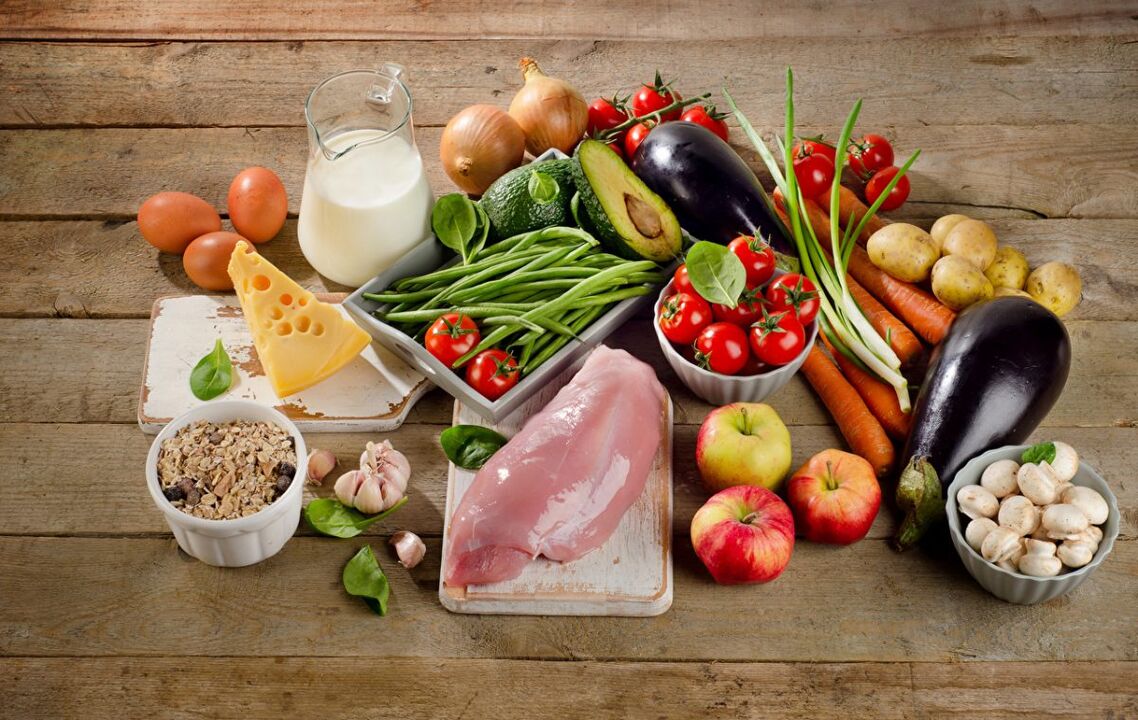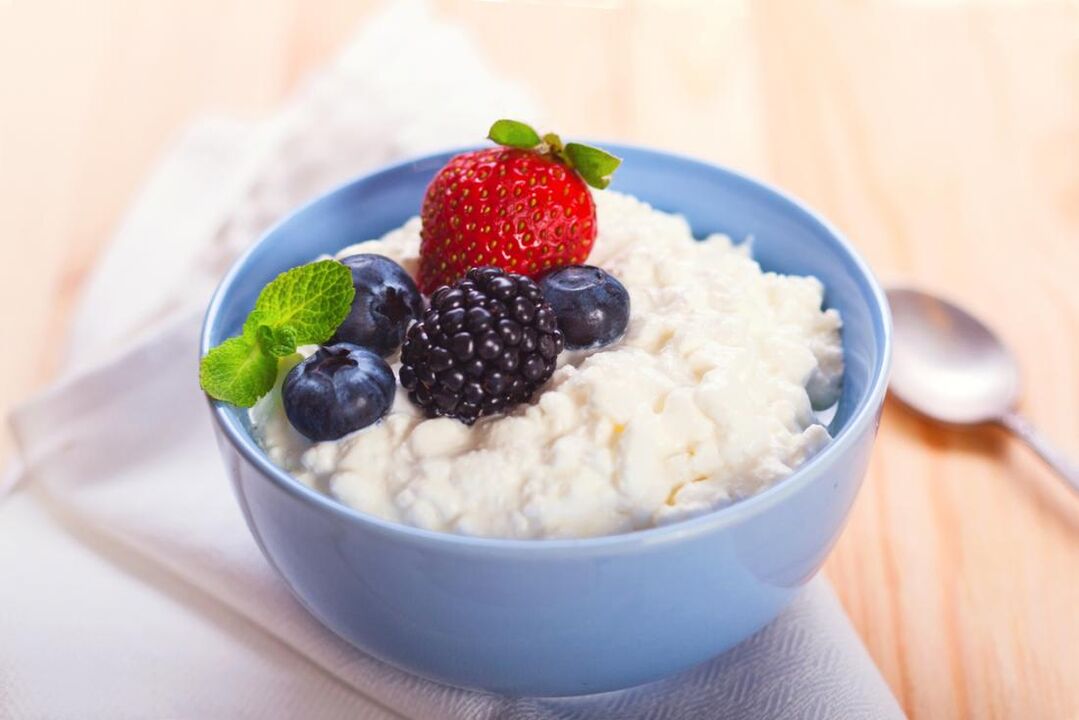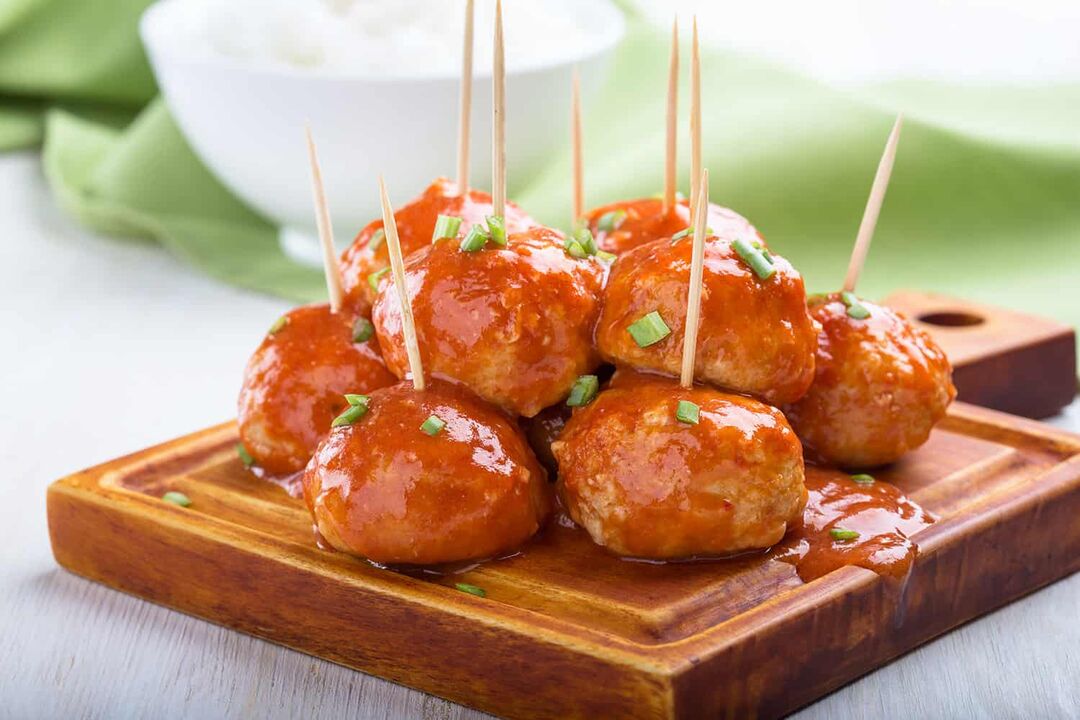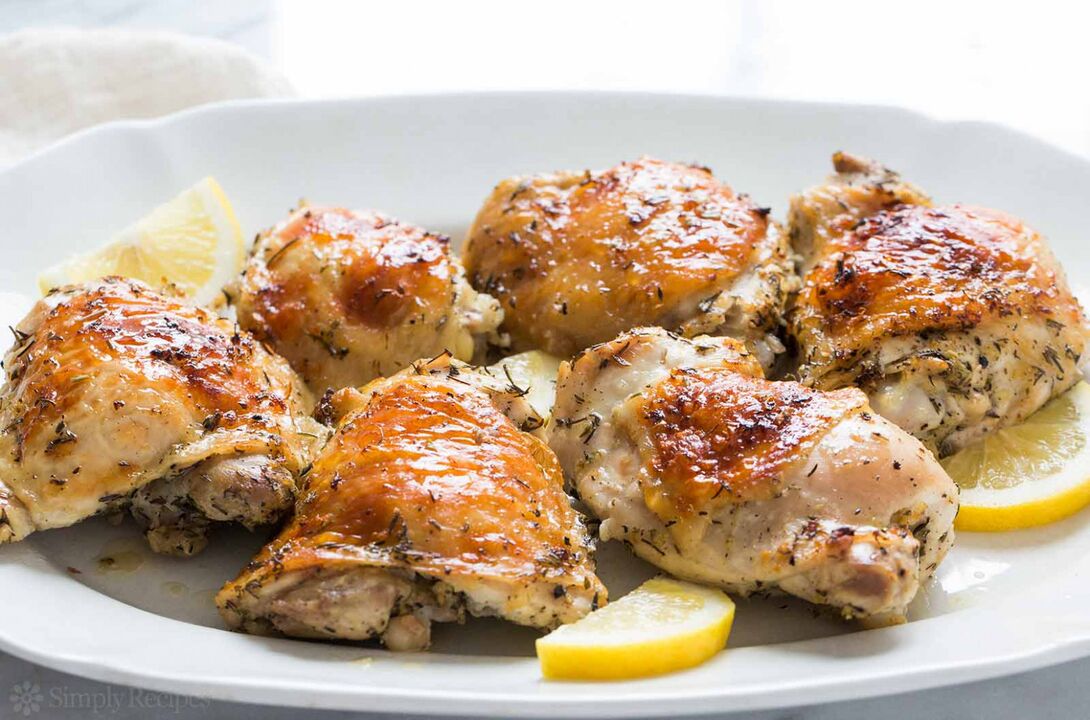A gluten-free diet is a healthy food in which all foods containing gluten are excluded from the diet. The diet is prescribed for diseases of the endocrine and nervous systems, as well as pathologies of the gastrointestinal tract.
Gluten (gluten) is a complex of plant proteins (prolamin, glutenin) found in grains such as wheat, oats, rye, etc. v.
For whom is the diet indicated?

Using a gluten-free diet is a prerequisite for treating conditions such as:
- celiac disease;
- glutenin intolerance (in severe and atypical form);
- irritable bowel syndrome;
- autism, epilepsy, multiple sclerosis;
- anemia in children under 3 years of age.
The use of gluten-containing foods for gastrointestinal diseases and neurological diseases can lead to the following consequences:
- It causes chronic inflammation of the small intestine, as a result of which pathogenic bacteria and toxins enter the bloodstream.
- Violation of the balance of intestinal microflora and leads to increased reproduction of pathogenic bacteria.
- It impairs digestive processes as a result of adhesion of villi on the walls of the small intestine, which are designed to digest and assimilate proteins, fats and carbohydrates.
- Causes autoimmune diseases where the immune system secretes antibodies against the gluten molecules that not only attack the gastrointestinal tract but also attack gluten-like proteins in the cells of the thyroid, heart andnerve system. This is how autoimmune thyroiditis, type 1 diabetes, dermatitis, infertility, and early menopause occur.
The presence of gluten-containing foods in the diet is manifested by persistent stool disorders (constipation, diarrhea), flatulence, frequent edema, tooth decay, as well as the appearance of ulcers on the mucous membranes. oral mucosa and persistent skin rash.
In most cases, gluten intolerance causes iron deficiency anemia, which manifests as constant fatigue, brittle nails, hair loss, and underweight.
List of allowed and prohibited products
To maintain a gluten-free diet, two foods are excluded from the diet: high in gluten in ingredients (e. g. , bread) and hidden gluten (e. g. , mayonnaise, ketchup, etc. )).
On the gluten-free diet, the following foods are excluded from the diet:
- cereals, namely wheat, rye, oats, barley;
- flour products of these cereals, including bread, bread, cakes, biscuits, grain bread;
- cereals (oatmeal, rolled oats, bulgur, pearl barley);
- bran from these cereals;
- products with a small amount of flour in their ingredients (bouillon tablets, soy sauce, buckwheat noodles, sausages and canned goods, crab sticks, mayonnaise, ketchup, tea bags, yogurt, ice cream);
- chocolate, shop jam, caramel;
- kvass, beer and other alcoholic beverages made from cereals;
- flavored and additive coffee, decaffeinated coffee;
- products with "traces of gluten" as a result of the manufacturing process, namely vinegar, food starches, semolina, certain cheeses, dry spices and seasonings, etc. v.
Due to the presence of hidden gluten in foods, the diet will not be effective, since inflammatory processes in the intestines do not stop even with an insignificant amount of gluten in food. Carefully study the ingredients listed on the packaging. Some manufacturers label them as "Contains Traces of Gluten".
If you follow a gluten-free diet, you can include gluten-free foods in your diet, namely:
- vegetables and fruits;
- legumes, soybeans;
- buckwheat, sorghum, quinoa, flax, rice;
- domestically produced milk and dairy products;
- meat and fish;
- seafood;
- animal and vegetable fats;
- yeast, seasoning, soy sauce.
Weekly gluten-free diet menu

A sample menu for a week should include 4 or 5 meals every 2-3 hours. A gluten-free diet can include grains, vegetables, meats and cheese dishes, fruits and berries used as a snack.
Monday
- Breakfast: cheese with banana and berries, tea;
- Lunch: buckwheat soup with meatballs, paella, tomato salad;
- Afternoon snack: apple, 25 grams of nuts;
- Dinner: chopped with vegetable salad.
Tuesday
- Breakfast: rice porridge, coffee with soy milk;
- Lunch: broccoli puree soup, gluten-free pork dumplings;
- Afternoon snack: banana, 5 pieces of almonds;
- Dinner: cheese casserole with berries.
Wednesday
- Breakfast: cottage cheese and banana cheese pancakes, cocoa in almond milk;
- Lunch: tomato soup, meatballs in broth, vegetable salad;
- Afternoon snack: 3 tangerines, pumpkin seeds;
- Dinner: grilled duck, fresh vegetable salad.
Thursday
- Breakfast: omelette with herbs and cheese, tea;
- Lunch: Soup with meatballs, gluten-free bread, grilled fish with broccoli;
- Afternoon snack: 150 grams of raspberries, walnuts;
- Dinner: cheesecake with banana, sour cream.
Friday
- Breakfast: tortillas with mashed banana, compote;
- Lunch: fish soup, stewed vegetables, grilled chicken with spices;
- Afternoon snack: fruit puree with homemade yogurt;
- Dinner: cheese casserole and berry sauce.
Saturday
- Breakfast: pumpkin porridge, coffee;
- Lunch: borscht, cabbage roll with veal, green salad;
- Afternoon snack: fruit of all kinds;
- Dinner: cheese with honey.
Sunday
- Breakfast: hummus with carrots and bell peppers, tea;
- Lunch: okroshka with homemade kefir, fish stew, salad;
- Afternoon snack: strawberries, currants, raspberries;
- Dinner: French meat, pepper and tomato salad.
For a child

A gluten-free diet is required for children with celiac disease, autism, and gastrointestinal diseases. For additional indications (eg, iron deficiency anemia and other disorders of nutrient absorption), a gluten-free diet is indicated for children under 3 years of age.
Gluten-free foods for children are not only healthy, but also delicious, because although some flour and grain products have been excluded, there are still plenty of vegetables, fruits, meat and fish dishes in the menu. children's diet.
Sample menu for children for 3 days:
1 day
- Breakfast: omelette with rice porridge, banana;
- Lunch: cheesecake with fruit topping, compote;
- Lunch: borscht with sour cream and gluten-free toast, candied fruit;
- Afternoon snack: chicken meatballs, fresh vegetable salad;
- Dinner: homemade cakes with honey, milk.
Day 2
- Breakfast: sweet rice casserole with bananas and strawberries;
- Lunch: homemade noodles, mixed noodles;
- Lunch: buckwheat soup with meatballs, fruit jelly;
- Afternoon snack: fruit;
- Dinner: cheese with nuts and honey.
Day 3
- Breakfast: millet porridge with pumpkin, soup;
- Lunch: berry jelly, gluten-free muffins;
- Lunch: soup with broccoli, zucchini and potatoes with herbs, stew, apple;
- Afternoon snack: cheese casserole with oranges, compote sauce;
- Dinner: minced meat and rice balls, homemade tomato juice.
The key to digesting and moving food through the digestive tract on a gluten-free diet is the use of plant fiber from fruits, vegetables, and whole grains.
Lose weight
Weight loss on a gluten-free diet occurs by eliminating gluten-containing fast carbohydrates from the diet. In this case, it is necessary to take into account the calorie content of the product.
A gluten-free diet for weight loss will help to lose 2-3 kg per week, provided that the daily calorie intake is optimal, do not overeat and adhere to the following guidelines:
- eat food 4 times a day without snacking;
- drink 1. 5-2 liters of water per day;
- have an adequate amount of fresh vegetables and dairy products;
- limit the use of cereals to 200 grams (raw) and high-calorie nuts to 25 grams per day;
- exclude the use of sugar, pure fructose and any sugar substitutes, as all these products increase appetite;
- Do not eat 3 hours before going to bed.
After completing the diet, limit the use of baked goods, sweets, sugary soft drinks because sugar and white flour lead to rapid weight gain.
Delicious recipes

Menus for gluten-free foods, as a rule, include meat, vegetable and dairy dishes. To expand your diet, you can use gluten-free recipes and baked goods that use a variety of gluten-free flours.
Chicken breast with mashed potatoes
Cooking requires 1-2 chicken breasts, salt, black pepper, oil for frying, 0. 5 kg of potatoes, 50 grams of sour cream to make the sauce.
Peel potatoes, add water, salt and boil until soft. At this time, the breast is washed, cut into thin slices across the grain, broken off each segment, salted and peppered.
Drain the water from the pot along with the finished potatoes, add the sour cream and puree with a blender. Place the mashed potatoes on a plate, sprinkle with dill and start cooking the ribs.
Fries cooked in a hot pan with butter, fry meat on both sides for 2-4 minutes. However, it is important not to dry the meat as the ribs will be dry and tough.
Chicken meatballs are served on a plate immediately after cooking and served on a plate.
Rice flour sponge cake in slow cooker
To prepare a cookie, you will need 6 eggs, 180 grams of sugar, 150 grams of rice flour, vanillin, lemon zest, butter or vegetable oil for lubrication.
First of all, you need to separate the whites from the yolks and beat the yolks vigorously with the sugar and vanilla for 4-5 minutes, until the sugar has dissolved and the mixture has doubled in volume. Then, in a separate bowl, beat the whites for 8-10 minutes to a dense foam. Then, lemon zest and rice flour are added to the yolk and mixed with a spoon. Gradually, protein is introduced into the dough until the dough becomes homogeneous.
A bowl to coat the rice paper is greased, filled with flour and left to bake for 40-50 minutes, depending on the type of rice paper. Check the readiness of the cookies with a matchstick.
Gluten-free cornmeal muffins
To make the muffins, you need 170 grams of cornstarch, 90 grams of cornstarch, three eggs, 100 ml of milk, 100 grams of butter, 150 grams of sugar, a tablespoon of baking powder and vanillin.
First you need to mix the dry ingredients: flour, starch, baking powder. Next, in a separate bowl, beat the eggs, sugar and vanillin until the sugar dissolves and foam appears, then add the softened butter and warm milk and beat again. Next, you mix all the ingredients until smooth and then pour into the mold.
Muffins are baked in a preheated oven at 180 degrees Celsius for 20 minutes.
For the gluten-free diet to be effective, it is necessary to completely eliminate prohibited foods and adhere to dietary guidelines throughout life.














































































